Archives
- 2025-10
- 2025-09
- 2025-03
- 2025-02
- 2025-01
- 2024-12
- 2024-11
- 2024-10
- 2024-09
- 2024-08
- 2024-07
- 2024-06
- 2024-05
- 2024-04
- 2024-03
- 2024-02
- 2024-01
- 2023-12
- 2023-11
- 2023-10
- 2023-09
- 2023-08
- 2023-07
- 2023-06
- 2023-05
- 2023-04
- 2023-03
- 2023-02
- 2023-01
- 2022-12
- 2022-11
- 2022-10
- 2022-09
- 2022-08
- 2022-07
- 2022-06
- 2022-05
- 2022-04
- 2022-03
- 2022-02
- 2022-01
- 2021-12
- 2021-11
- 2021-10
- 2021-09
- 2021-08
- 2021-07
- 2021-06
- 2021-05
- 2021-04
- 2021-03
- 2021-02
- 2021-01
- 2020-12
- 2020-11
- 2020-10
- 2020-09
- 2020-08
- 2020-07
- 2020-06
- 2020-05
- 2020-04
- 2020-03
- 2020-02
- 2020-01
- 2019-12
- 2019-11
- 2019-10
- 2019-09
- 2019-08
- 2019-07
- 2018-07
-
Tailoring pharmacological treatment to the genetic backgroun
2021-04-28
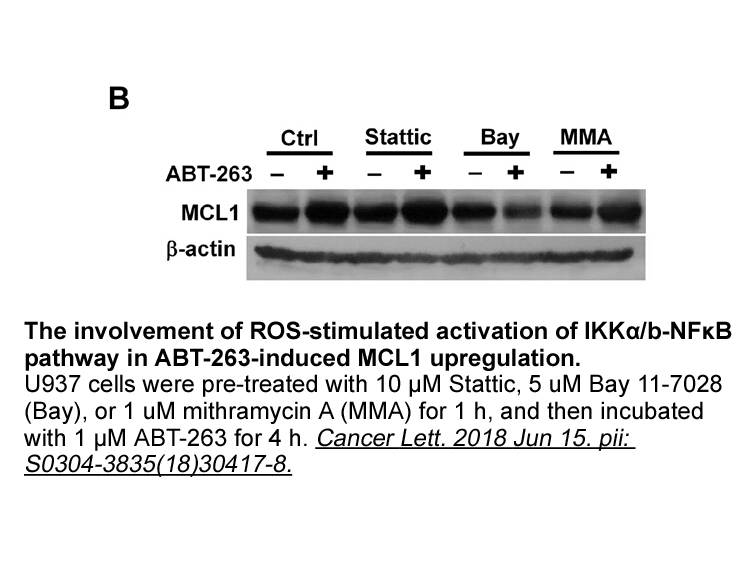
Tailoring pharmacological treatment to the genetic background of a person can enhance therapeutic response (), increase compliance (), and decrease drug toxicity (, , ). Because cocaine addiction has a strong genetic basis, with the vulnerability to develop an addiction estimated to be as high as 72
-
Introduction Quassinoids are natural products formed
2021-04-27
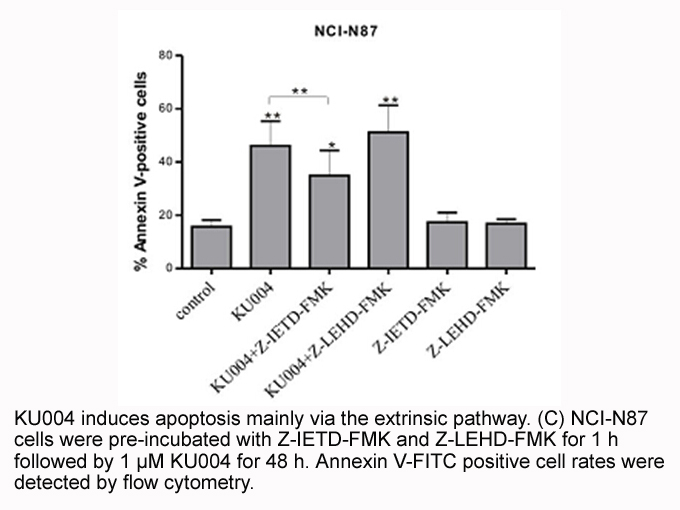
Introduction Quassinoids are natural products formed through the oxidative degradation of triterpene derivatives with anti-inflammatory, antimicrobial, antineoplastic, and antiplasmodial effects (Chakraborty and Pal, 2013; Houël et al., 2013). They are characteristic ingredients of the family Simar
-
br Additional CDKs with a role in cancer br
2021-04-27
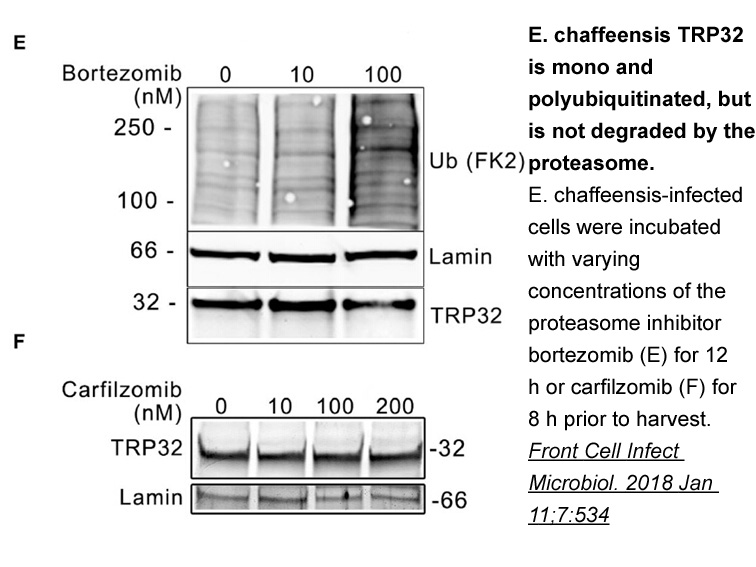
Additional CDKs with a role in cancer Small molecule CDK inhibitors The majority of protein kinase inhibitors developed to date are type I inhibitors: they bind at the ATP–binding site, are ATP-competitive and target the kinase in its active state; with the activation loop DFG motif in the ‘in
-
Introduction Cyclin dependent kinases CDKs
2021-04-27
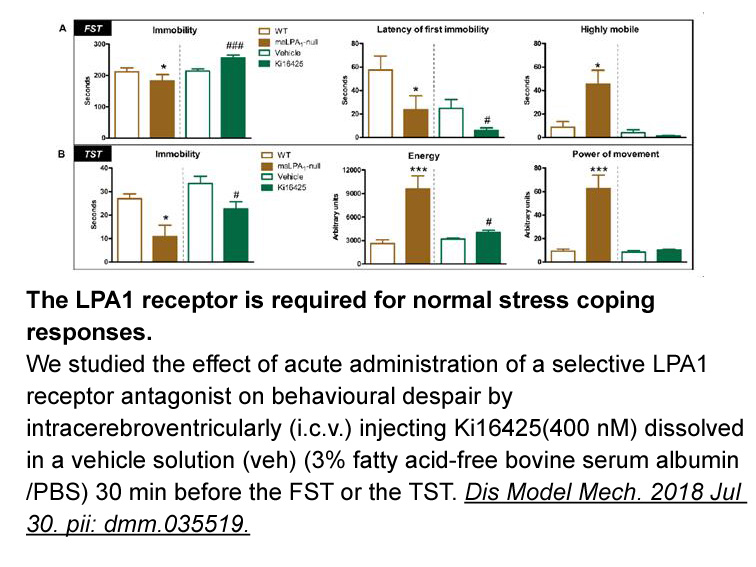
Introduction Cyclin dependent kinases (CDKs) are a family of proline-directed serine/threonine kinases with roles in regulation of crucial cellular processes such as Epinephrine HCl and transcription [1]. One of the unifying features of this family is its dependence on association with cyclins/cyc
-
br CXCR The CXC receptor and CXCR and CXCR have
2021-04-27
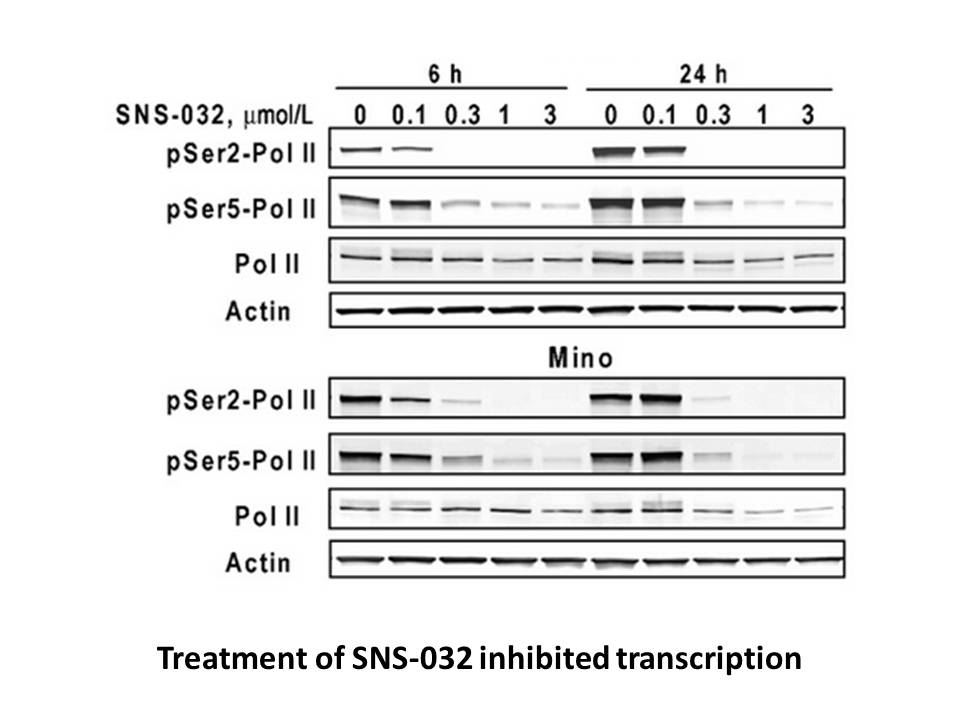
CXCR1/2 The CXC receptor 1 and 2 (CXCR1 and CXCR2) have been well characterised in vertebrates. In mammals and birds, the two receptors are shared by the ELR+ CXC ligands, namely the CXCL8 family members that have proinflammatory roles in recruitment of neutrophils, monocytes and macrophages to s
-
Different types of environmentally induced antinociception h
2021-04-27
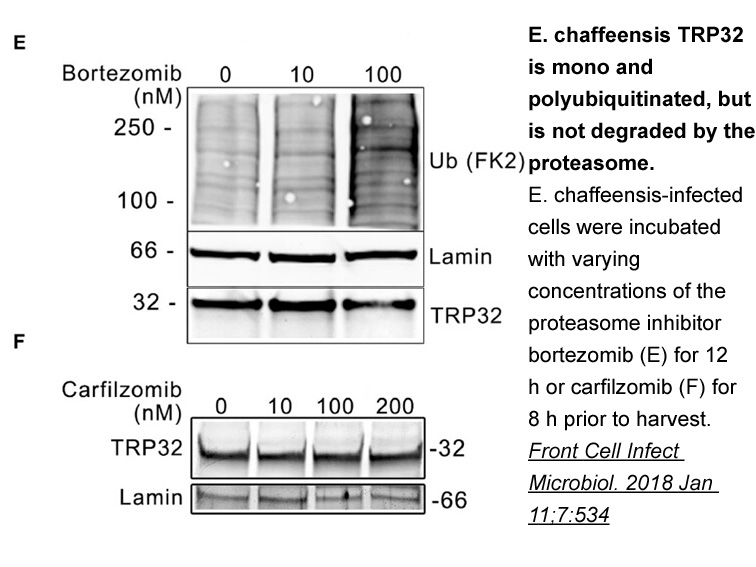
Different types of environmentally induced antinociception have been reported in a wide range of species (e.g., Behbehani, 1995, Bolles and Fanselow, 1980, Harris, 1996, Millan, 2002, Rodgers, 1995). According to Bolles and Fanselow (1980), fear and pain are independent and competing motivational sy
-
what is doxycycline hyclate Although many of the genetic cha
2021-04-27
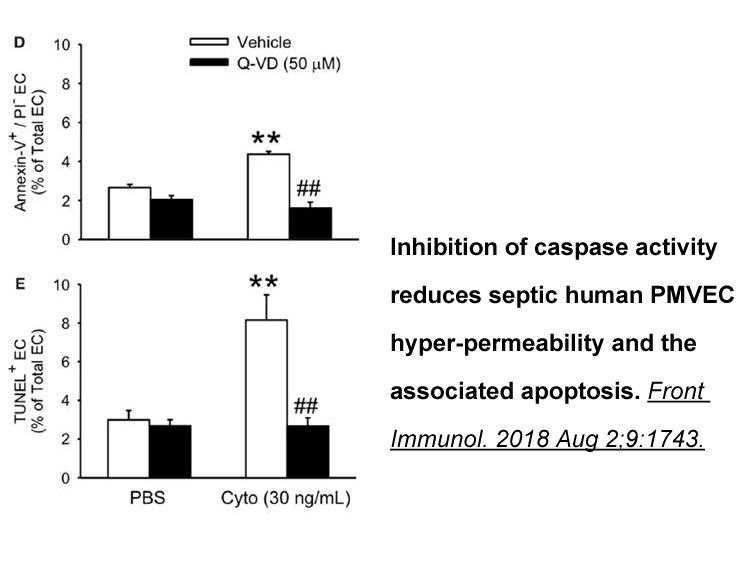
Although many of the genetic changes remain to be elucidated, there is evidence to support a difference in incidence and rate of rupture of cerebral aneurysms between men and women, and between pre- and postmenopausal women, suggesting that aneurysm formation may be affected by hormonal changes.18,
-
Epac proteins consist of a carboxyl terminal catalytic regio
2021-04-27
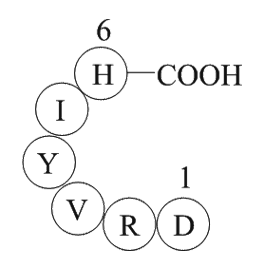
Epac proteins consist of a carboxyl-terminal catalytic region and an amino-terminal regulatory region, which harbors one cAMP-binding domain in Epac1 and two in Epac2 [22], [32], [51]. In the absence of cAMP, the regulatory region covers the CDC25-homology domain and autoinhibits Epac's enzymatic ac
-
br Materials and methods br Results br Discussion In particu
2021-04-27
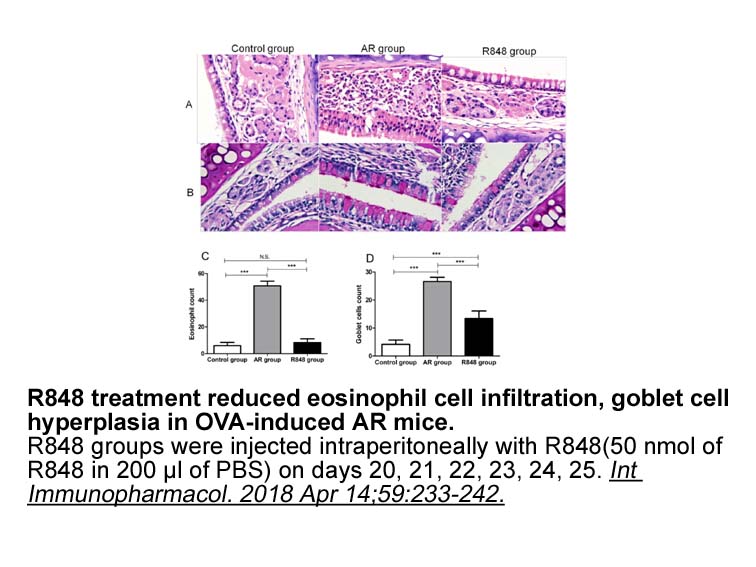
Materials and methods Results Discussion In particular, we showed that pancreatic neuroendocrine tumor p-Chlorophenylalanine sale recognize cAMP as a stimulatory signal for cell proliferation. Conversely, cAMP was found to have an inhibitory effect on cell proliferation in bronchial carcino
-
In the present study promoting
2021-04-27
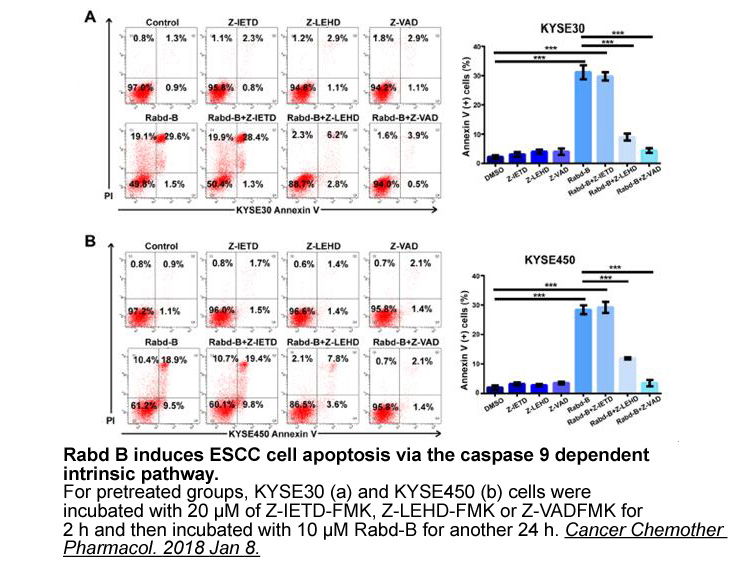
In the present study, promoting bile corticotropin-releasing factor synthesis by activating EP4 receptors was shown to exert protection against hepatic steatosis. This finding may be relevant for treatment of non-alcoholic fatty liver disease, a major cause of liver disease and prominent indication
-
Studies using SERPINB deficient mice established the
2021-04-27
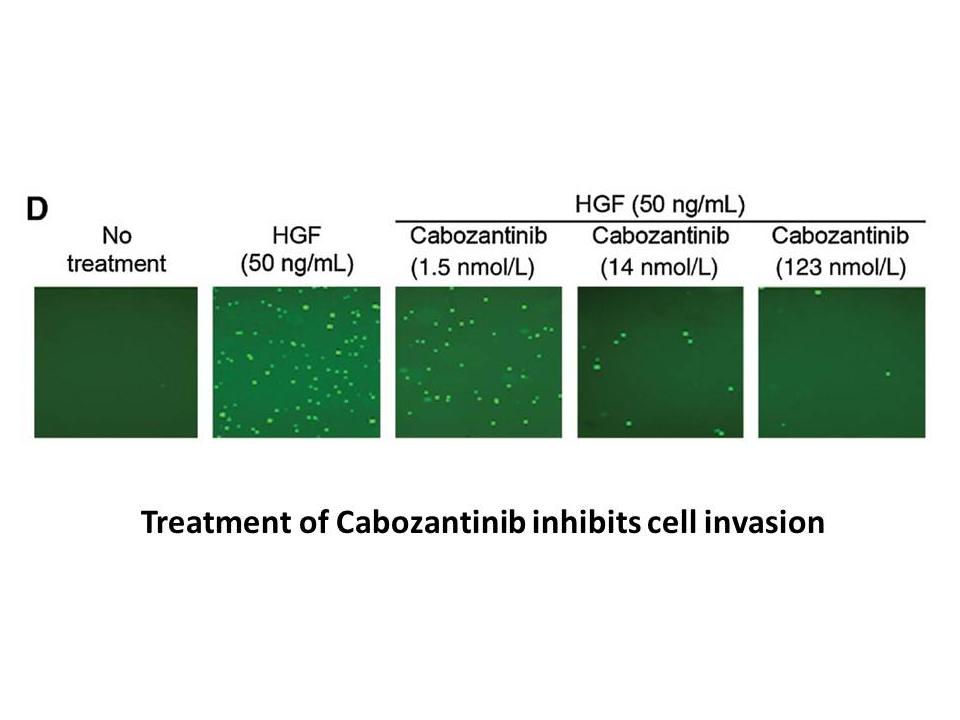
Studies using SERPINB1-deficient mice established the significant role for SERPINB1 in protecting lung antimicrobial proteins from proteolysis during microbe infection and its regulatory role in sustaining the balance of neutrophil reserve [15]. Neutrophil serine proteases (NSPs) (elastase, cathepsi
-
br Introduction Detection of driver mutations in patients
2021-04-27
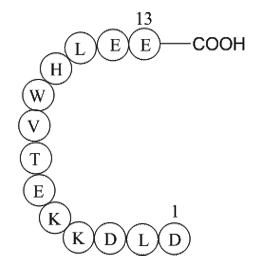
Introduction Detection of driver mutations in patients with advanced non-small cell lung cancer (NSCLC) is critical because they receive great benefit from kinase inhibitors [[1], [2], [3], [4]]. However, it is often difficult to obtain tumor tissue in advanced NSCLC patients. Cell-free DNA (cfDN
-
We therefore propose a scenario based on our
2021-04-26
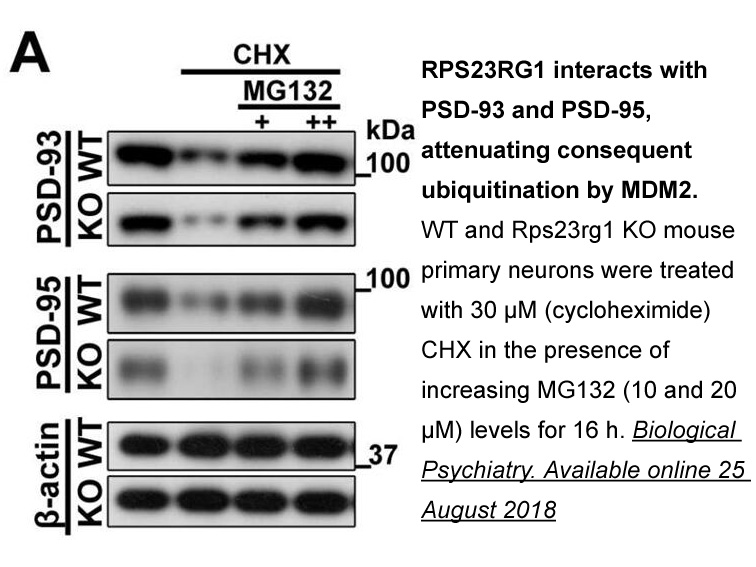
We therefore propose a scenario based on our experimental models and depicted schematically in Figure 7. In fully respiring cells, CI, CII, and DHODH transfer electrons to CoQ, which are then forwarded to CIII. This latter complex transfers electrons to CIV, which then produces water at the expense
-
Our previous studies have demonstrated that the DDR discoidi
2021-04-26
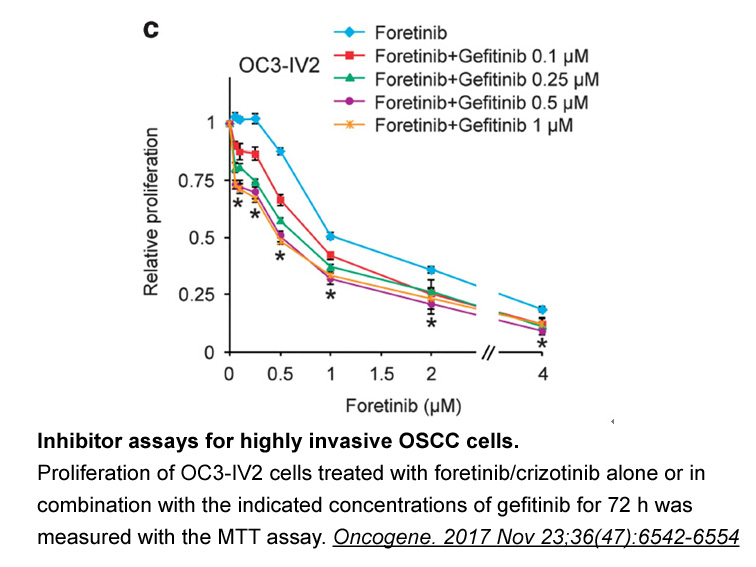
Our previous studies have demonstrated that the DDR2 discoidin domain fully contains the binding site(s) for the fibrillar collagens I and II (Leitinger, 2003, Leitinger et al., 2004). The binding site for collagen I was mapped to three spatially adjacent surface loops within the DDR2 discoidin doma
-
The discoidin domain receptors DDR and DDR are receptor tyro
2021-04-26
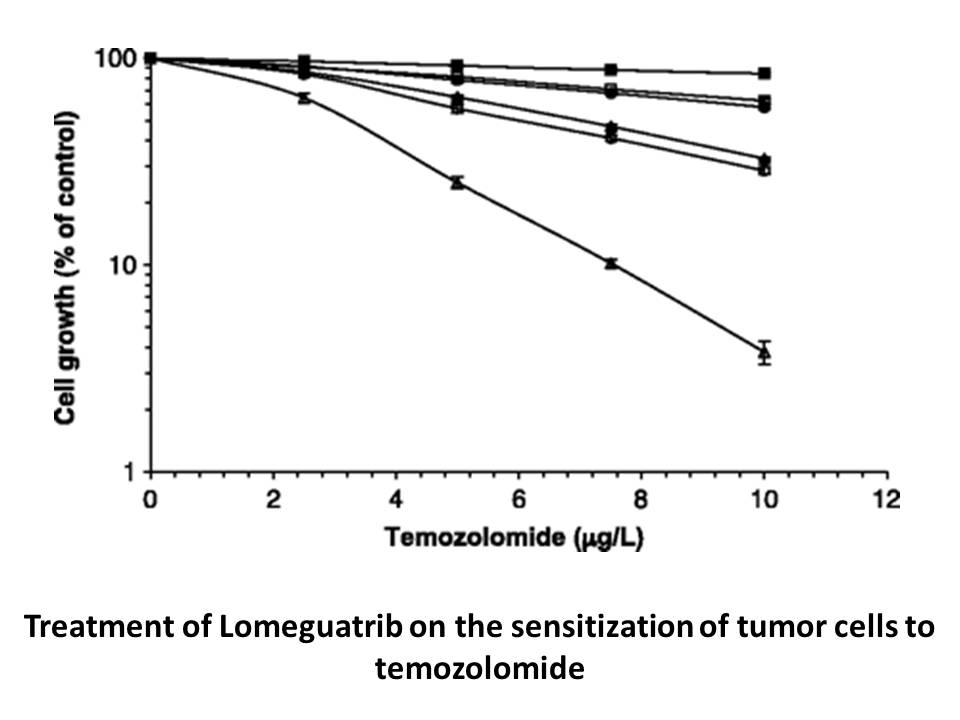
The discoidin domain receptors, DDR1 and DDR2, are receptor tyrosine kinases (RTKs) that are stimulated by collagen in the extracellular matrix (ECM). Unlike most other RTKs, they form ligand-independent stable dimers that are non-covalently linked. This ECM activation induces receptor phosphorylati
15203 records 685/1014 page Previous Next First page 上5页 681682683684685 下5页 Last page